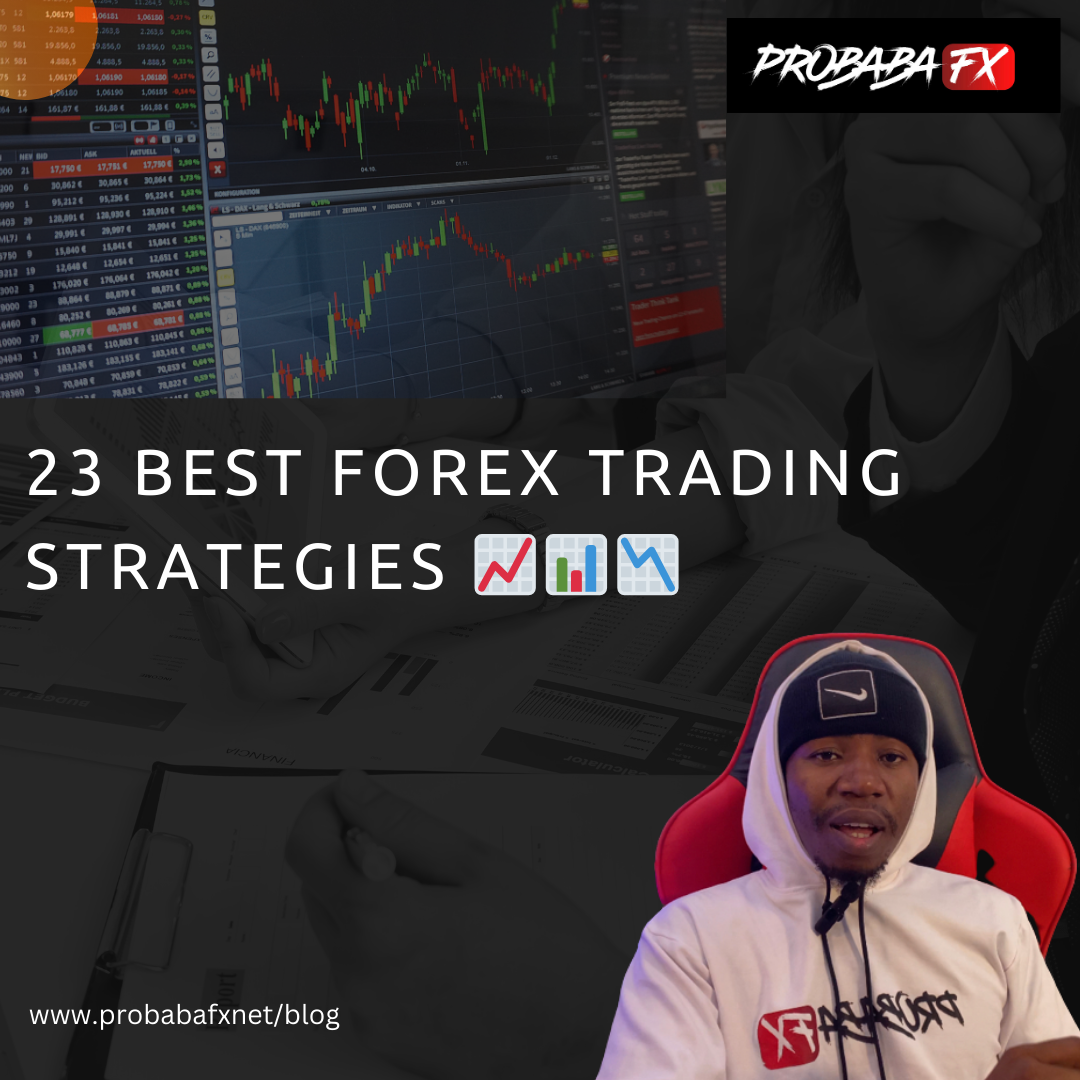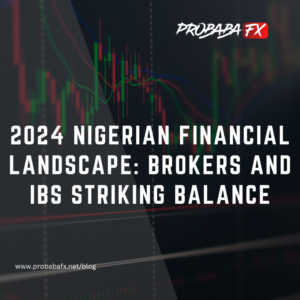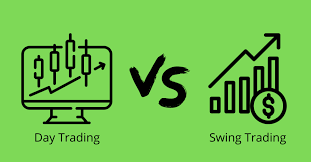A trading strategy is a well-defined and organized approach that a trader uses to make decisions about buying or selling financial assets in financial markets, such as stocks, commodities, forex, or cryptocurrencies. Traders design strategies to systematically enter, manage, and exit trades to achieve specific financial objectives.
The Best Forex Trading Strategies are:
Perhaps the major part of Forex trading strategies is based on the main types of Forex market analysis used to understand market movement.
-
Forex Technical Analysis Strategies
What is Forex technical analysis? FX technical analysis is the study of market action through the primary use of charts for the purpose of forecasting future price trends. Forex traders can develop strategies based on various technical analysis tools, including:
-
Market trends
-
Volume
-
Range
-
Support
-
Resistance levels
-
Chart patterns
-
Indicators
Forex traders can conduct multiple analyses by using different timeframe charts. Technical analysis strategies are crucial for evaluating assets based on the analysis and statistics of past market action, prices, and volume.
-
Forex Trend Trading Strategy
Trends represent one of the most essential concepts in technical analysis.
All the technical analysis tools used have a single purpose: to help identify market trends.
What is a Forex Trend? Much like any other trend, for example, in fashion, it is the direction in which the market moves. More precisely, as you may know, the foreign exchange market does not move in a straight line but in successive waves with clear peaks, highs, and lows.
Depending on the movement of these ‘highs and lows’, one can then understand the trend’s type. There are three types of trends that the market can move into
-
Uptrend
-
Downtrend
-
Sideways
Traders and investors confront three types of decisions:
-
To buy
-
To sell
-
Do nothing
During any type of trend, traders should develop a specific strategy. The buying strategy is preferable when the market goes up, and equally, the selling strategy would possibly be profitable when the market goes down. But when the market moves sideways, the third option—to stay aside—will be the cleverest decision.
-
Support and Resistance Trading Strategy
In order to fully understand the core of the support and resistance trading strategy, traders should understand what a horizontal level is. A horizontal level is:
-
A price level indicates either support or resistance in the market. In technical terms, there are price lows and highs, respectively.
The term support indicates:
-
The area on the chart where the buying interest is pointedly strong and exceeds the selling pressure
The resistance level indicates:
-
An area on the chart where selling interest overpowers buying pressure Previous peaks usually mark it.
Traders should actively identify the trend at horizontal levels when developing support and resistance strategies.
-
Forex Range Trading Strategy
What is range trading?
-
Traders typically use a range trading strategy (channel trading) when the market lacks direction and a trend is absent.
Range trading identifies currency price movement in channels to find the range. This process involves connecting a series of highs and lows with a horizontal trendline.
-
Forex Volume Trading Strategy
The volume shows the number of securities traded over a particular time.
-
A higher volume means a higher degree of intensity or pressure.
To determine the upward or downward movement of the volume, traders should look at the trading volume bars usually presented at the bottom of the chart. Any price movement is more significant if it is accompanied by a relatively high volume or a weak volume.
NB: Not all volume types may influence the trade; it’s the volume of large amounts of money that are traded within the same day that greatly affects the market.
-
Multiple Time Frame Analysis Strategy
Using multiple-frame analysis suggests following a certain security price over different time frames. It is a very useful strategy for traders to analyze various time frames while determining the “trading circle” of the security. Through Multiple Time Frame Analysis (MTFA), traders can regulate the trend on both smaller and larger scales and recognize the overall market trend.
The whole process of MTFA starts with the exact identification of the market direction on higher time frames (long, short, or intermediary) and analyzing it through lower time frames, starting from a 5-minute chart.
-
Forex Trading Strategy Based on Fundamental Analysis
Technical analysis studies and evaluates past market performance, while Forex’s fundamental analysis examines the fundamental factors driving market direction.
-
Forex Trading Strategy Based on Market Sentiment
Market sentiment is defined by investors’ attitudes towards the financial market or a particular security. What and how people feel and behave in the Forex market is the notion behind the market sentiment strategy. Forex trading strategies can also be developed by following popular trading styles, including day trading, carry trading, buy and hold strategy, hedging, portfolio trading, spread trading, swing trading, order trading, and algorithmic trading.
-
Forex Day Trading Strategies
A day trading strategy represents the act of buying and selling a security within the same day, which means that a day trader cannot hold a trading position overnight. Day trading strategies include:
-
Scalping
-
Fading
-
Daily pivots
-
Momentum trading
In the case of performing day trading, traders can carry out numerous trades within a day but should liquidate all the trading positions before the market closes on said day. Important Note: The longer a trader holds a position, the higher the risk of loss will be. Depending on the trading style chosen, the price target may change.
-
Forex Scalping Strategy
Forex scalping is a day trading strategy based on quick and short transactions used to make numerous profits on minor price changes. Scalpers actively execute up to hundreds of trades within a single day, believing that tracking minor price moves is easier than monitoring large ones. The main objective of following the Scalping strategy is:
-
To buy /sell a lot of securities at the bid /ask price and, in a short time, sell/buy them at a higher/lower price to make a profit.
Essential factors for Forex scalping:
-
Liquidity
-
Volatility
-
Time frame
-
Risk management
-
Fading Trading Strategy
Fading in terms of forex trading means trading against the trend. If the trend goes up, fading traders will sell, expecting the price to drop, and vice versa. Unlike other types of trading that target prevailing trends, fading trading requires taking a position that goes counter to the primary trend. The main assumptions on which the fading strategy is based are:
-
Securities are overbought
-
Early buyers are ready to take profits
-
Current buyers may appear at risk
Note: “Fading the market” can be very risky and requires high-risk tolerance!
-
Daily Pivot Trading Strategy
The main concept of the Daily Pivot Trading strategy is to buy at the lowest price of the day and sell at the highest price of the day
-
Momentum Trading Strategy
Momentum trading is based on finding the strongest security, which is also likely to trade the highest. The momentum trading strategy is based on the concept that an existing trend is likely to continue rather than reverse. Traders following this strategy are likely to buy a currency that has shown an upward trend and sell a currency that has shown a downtrend.
-
Carry Trade Strategy
Carry trade is a strategy in which traders borrow a currency in a low-interest country, convert it into a currency in a high-interest rate country, and invest it in high-grade debt securities of that country. The principle is simple: traders buy a currency with an expected interest rate increase and sell a currency with an expected interest rate decrease.
-
Forex Hedging Strategy
Hedging is commonly understood as a strategy that protects investors from incidents that can cause certain losses. The idea behind currency hedging is to buy one currency and sell another with the confidence that the losses on one trade will be offset by the profits made on another trade. This strategy works most proficiently when the currencies are negatively correlated.
-
Portfolio / Basket Trading Strategy
Portfolio trading, also known as basket trading, is based on the mixture of different assets belonging to different financial markets (forex, stocks, futures, etc.). The concept is diversification, one of the most popular means of risk reduction.
-
Buy and Hold Strategy
The buy-and-hold strategy is a type of investment in which trading traders buy the security and hold it for an extended period of time.
-
Spread or Pair Trading Strategy
Pair trading (spread trading) is the simultaneous buying and selling of two financial instruments that relate to each other. The difference in the price changes of these two instruments determines the trading profit or loss. Spread trading can be of two types:
-
Intra-market: traders can open long and short positions on the same underlying asset
-
Inter-commodity spreads: Traders can open long and short positions on different market assets that are related to each other, like gold and silver.
-
Swing Trading Strategy
Swing trading is a strategy by which traders hold the asset within one to several days while waiting to make a profit from price changes, or so-called “swings”. Swing traders use a set of mathematically based rules to eliminate the emotional aspect of trading and make an intensive analysis.
-
False Breakout Trading Strategy
A false break occurs when the price looks to break out of a support or resistance level but snaps back in the other direction, falsely breaking a large portion of the market. When prices begin to break out higher, a large portion of the market starts to look for the resistance to break and will enter long trades, often setting their stop loss on the other side of the resistance.
-
Can be traded on many time frames
-
Can be used in many markets and pairs
-
Can be traded with many triggers as the major entry
-
Often entering when the majority of the market has been stopped out entering in the wrong direction
-
Longer-Term Position Trading
Position trading is where traders look to hold trades over much longer periods of time and take a ‘position’ in the market. This style of trading is normally carried out on the daily, weekly, and monthly charts. As position traders, traders will often be trying to use the overall larger trend to gain the best positions and capture long-running trades.
-
Pinocchio Strategy
As with the fable, Pinocchio’s nose grew long when he was lying, and the same happens with this strategy! When the wick is longer than the body, traders will know that the market is deceiving them and that they should trade in the opposite direction.
-
Double-Red Strategy
This is a short-term strategy based on price action and resistance. The trade is planned on a 5-minute chart. How do I profit?
Choose an asset and watch the market until you see the first red bar. Then wait for a second red bar.
If the second red bar closes lower than the first red bar, then it’s a win. Usually, what happens is that the third bar will go even lower than the second bar.
This is the point where you should open a short position. A few more tips that are great to follow in your forex journey include:
-
Experts advise against risking more than 1/6 of your free trading capital, especially when confidence is lacking.
-
Trends tend to develop quickly as the number of traders following them increases.
-
Stick to your strategy
-
Close unsuccessful position
In the forex market, $5.3 trillion is traded daily, making it the largest and most liquid market in the world, and traders can trade with small amounts such as $100. Get Started!
#Forex Trading #Trading Strategy #ProbabaFX




